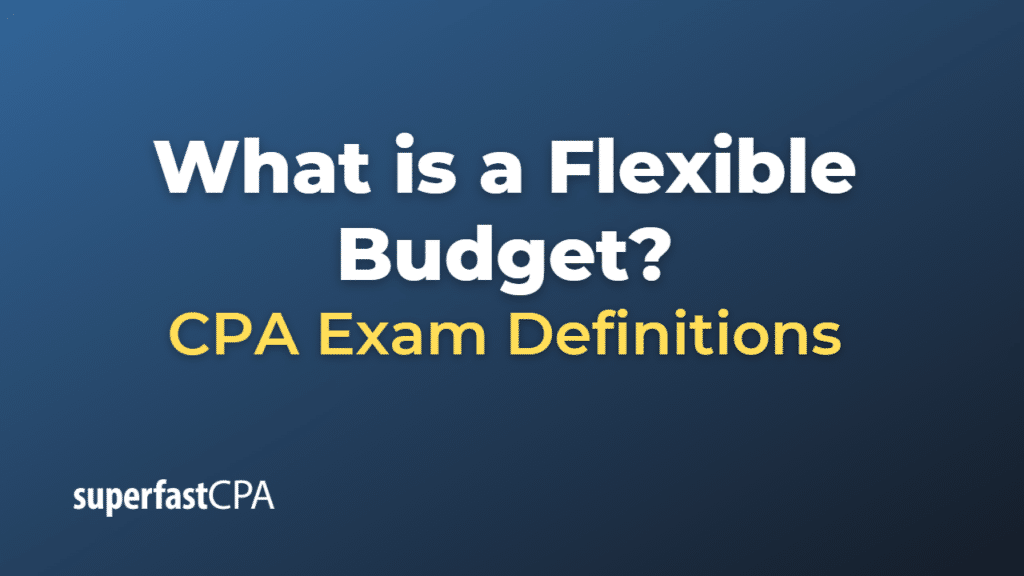Flexible Budget
A flexible budget, sometimes referred to as a “flexible spending plan,” is a budget that adjusts or “flexes” in relation to changes in output, activity, or volume. This type of budget adjusts to changes in actual revenue levels, as opposed to a static budget which remains unchanged even if the revenue levels change.
Flexible budgets are particularly useful in businesses where output levels may vary significantly from one period to another. They allow companies to better predict expenses and plan for various levels of revenue.
A flexible budget typically contains the following elements:
- Fixed Costs: These are costs that do not change with the level of output or activity. Examples could include rent, insurance, or salaries of permanent staff.
- Variable Costs: These costs change in direct proportion to the level of activity or output. Examples might include direct materials in manufacturing, sales commissions, or direct labor costs.
- Semi-variable or Mixed Costs: These costs have both fixed and variable components. For instance, a utility bill might have a fixed service charge plus a variable charge based on usage.
The main advantage of a flexible budget is that it provides a more accurate benchmark for comparing actual performance. It can help management identify variances and understand whether they are due to changes in activity levels or because costs were not controlled as expected.
However, flexible budgets can be more complex to prepare and require a good understanding of the relationship between costs and activity levels. Despite the complexities, they provide a more realistic method of budgeting that can improve cost control and performance evaluation.
Example of a Flexible Budget
Let’s take an example of a manufacturing company to illustrate how a flexible budget works.
Suppose the company plans its budget based on an expected production level of 10,000 units per month. They estimate:
- Fixed Costs: $20,000 per month (e.g., rent, salaries, etc.)
- Variable Costs: $3 per unit (e.g., direct materials and labor)
In a static budget, these amounts would be set for the year: Fixed Costs of $20,000 and Variable Costs of $30,000 (10,000 units * $3 per unit), totaling $50,000 per month.
However, the company uses a flexible budget to adjust for changes in production levels.
Scenario 1: Increased Production
In March, demand is high, and the company produces 12,000 units.
The flexible budget for March would be:
- Fixed Costs: $20,000 (remains the same)
- Variable Costs: $36,000 (12,000 units * $3 per unit)
- Total Budget for March: $56,000
Scenario 2: Decreased Production
In April, there’s a slowdown, and the company only produces 8,000 units.
The flexible budget for April would be:
- Fixed Costs: $20,000 (remains the same)
- Variable Costs: $24,000 (8,000 units * $3 per unit)
- Total Budget for April: $44,000
As you can see, the flexible budget adjusts based on the actual level of production, providing a more meaningful basis for comparison with actual costs. It helps the management to better understand cost behaviors and control costs effectively.













